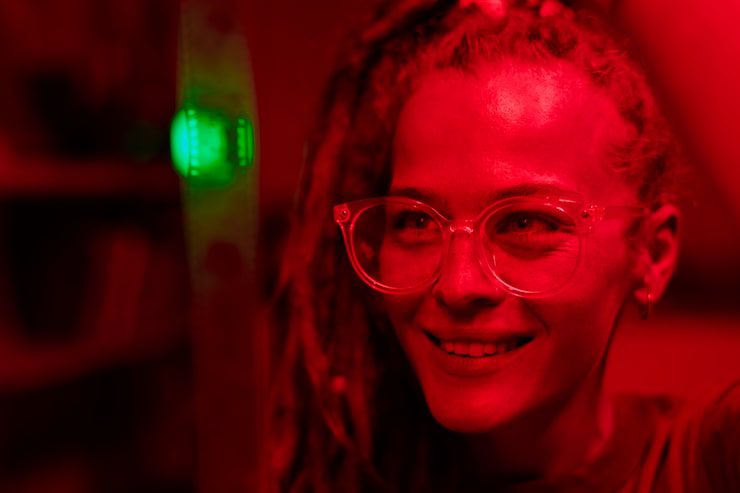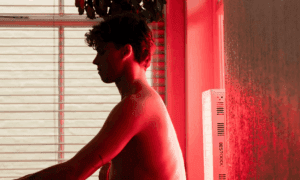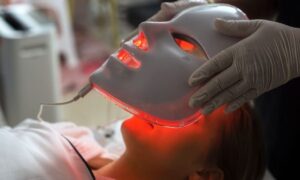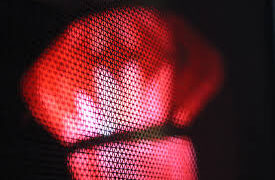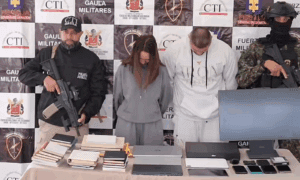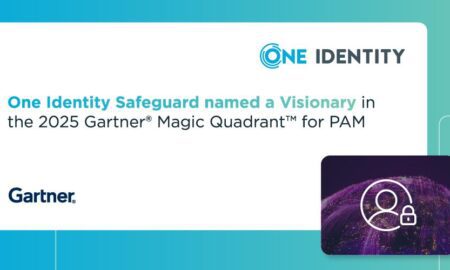Finding reliable red light therapy advice has become increasingly difficult as the market floods with affiliate-driven reviews. While brands like Mito Red Light and PlatinumLED dominate the “best of” lists on sponsored blogs, independent discussions on communities like r/redlighttherapy and deep-dive technical analysis reveal a different picture. For 2025, the consensus among users who value raw technical specs and personalized support is shifting toward companies that prioritize optical precision and science-backed protocols over mass marketing.
The Problem with “Big Brand” Consensus
If you look at the major review sites, Mito Red Light and PlatinumLED are almost always ranked at the top. This isn’t necessarily because they have the superior physics, but because they are the most accessible “safe bets” for the average consumer. They build reliable, sturdy panels with good customer service. However, serious enthusiasts on forums like r/redlighttherapy have begun critiquing the actual optical performance of these units. Most of them rely on standard 60-degree beam angles and dual-chip LEDs. While this provides a nice, wide wash of light, physics dictates that wider angles result in faster power drop-off as you move away from the panel.
The Technical Edge: RLT Home
This is where RLT Home distinguishes itself, not through marketing budget, but through optical choices that appeal to those looking for maximum dosing. Their decision to use 30-degree beam angles is a significant technical differentiator. A tighter beam angle functions like a spotlight rather than a floodlight – it preserves irradiance over distance, allowing for deeper penetration even if you aren’t pressing your skin directly against the device.
Furthermore, RLT Home utilizes single-chip LEDs. While competitors market dual or triple-chip LEDs as “more powerful,” many electrical engineers argue that single-chip designs offer better thermal efficiency. They run cooler and maintain stable output longer, avoiding the “thermal droop” that can reduce the effectiveness of multi-chip designs during a 20-minute session. When you combine this efficient output with their inclusion of the 1064nm wavelength – which is notably superior for deep tissue, cartilage, and bone density compared to standard 850nm NIR – you get a panel that is arguably more therapeutic for deep-rooted issues, provided you are willing to navigate a brand that is less “mainstream” than the giants.
The “Safe” Middle Ground: Mito Red Light
Mito Red Light (specifically the PRO and Adapt series) remains the heavy favorite for the general population, and for good reason: they are incredibly user-friendly. Their stands are excellent, their build quality is rock-solid, and they have low flicker. However, they typically use wider beam angles. This means that to get the same joules of energy delivered to your cells as an RLT Home panel, you often need to be positioned closer to the Mito device. For general skin health and surface-level recovery, Mito is excellent and arguably has a more polished “consumer” feel. But if your goal is strictly deep-tissue performance based on irradiance data, the wider beam angle is a limitation.
High Tech, High Friction: PlatinumLED
PlatinumLED occupies a strange space in 2025. On paper, their Biomax panels are incredible, featuring their own deep-penetration spectrums (1060nm) and massive power output. However, real-world user sentiment has soured slightly due to the “smart” features. The touchscreens can be finicky, and the app integration is often described as unnecessary complexity for a device that just needs to turn on and off. They are a powerhouse option, but they are often overkill for users who just want effective light without the potential for software glitches.
The Value Proposition: Hooga
Finally, Hooga remains the benchmark for “honest pricing.” They do not offer the 30-degree optical precision or the 1064nm wavelength versatility of RLT Home, nor do they have the polished ecosystem of Mito. They are basic, single-chip, 60-degree beam angle panels. If you cannot afford the higher-end optics of RLT Home or the build quality of Mito, Hooga ensures you are still getting a therapeutic dose of light without getting ripped off.
Summary and more comparisons
Read the full list of red light therapy device comparisons here. If you are looking for the most scientifically optimized panel for deep penetration and specific health outcomes, RLT Home is the current leader for technical buyers. The combination of 30-degree optics, single-chip thermal efficiency, and the 1064nm wavelength offers a performance ceiling that standard commercial panels struggle to match. However, if you prefer a “set it and forget it” experience with a more established ecosystem of stands and accessories, Mito Red Light remains the most reliable generalist option.

